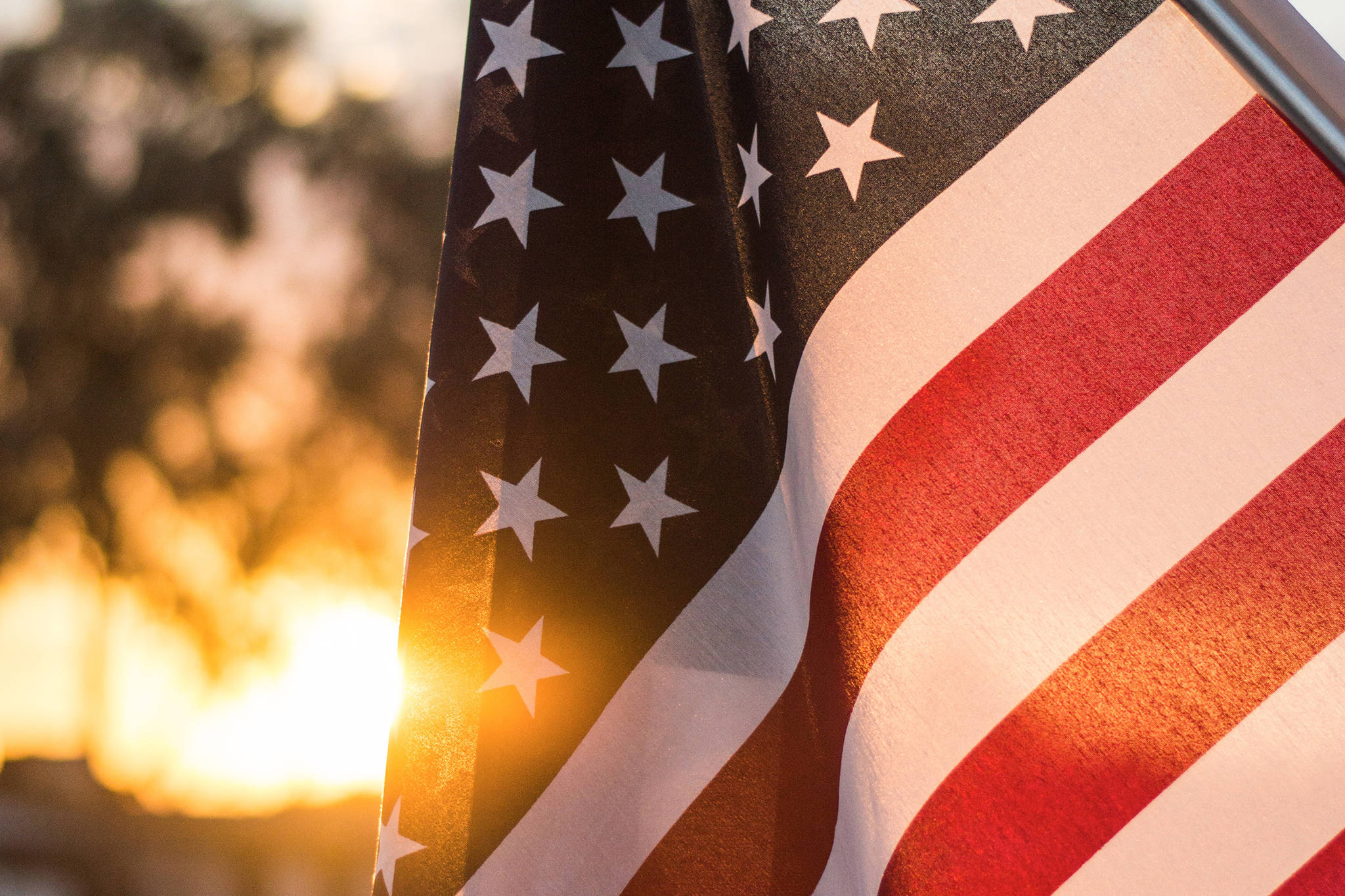Editor’s Note: The Empire is publishing a weekly column from the nonpartisan League of Women Voters leading up to the Nov. 6 general election, in the hopes that it will help inform voters about the process. Stay tuned for the final column in next Wednesday’s paper.
Both reapportionment and redistricting take place every 10 years following the federal census. Reapportionment refers to adjusting each state’s numbers of U.S. Representatives to Congress based on changes in state populations. Redistricting generally refers to the process of drawing district lines within the reapportioned boundaries. Alaska has only one Congressional district and has 20 state senate districts, each of which has two House districts, all of about the same population. The U.S. Census population count effects many federal and state programs.
In recent years there has been growing concern about gerrymandering, the process of drawing voting district lines to enhance or preserve partisan advantage and creating numbers of “safe” districts, resulting in situations sometimes described as “politicians picking their voters instead of voters picking their politicians.” When lawmakers feel “safe” in their districts, they feel less need to compromise with other elected officials, especially those of a different political party. In fact, the act of compromise may make them feel less safe if their district is too heavily gerrymandered. This can lead to gridlock, an affliction seen today in both the Alaska Legislature and in the U.S. House of Representatives. Compromise is essential for governance; gerrymandering makes that compromise less likely to happen.
Computer mapping technology has made the process of “fine tuning” maps much more simple and precise than in the days when Governor Gerry of Massachusetts made the first partisan map.
In Alaska, the primary responsibility for drawing district lines resides in the Redistricting Board. According to the Alaska Constitution districts must contain a population that is as near as practicable to one-fortieth of the state’s total population, must be contiguous, compact and have social and commercial ties.
Since statehood, redistricting has been contentious, during both Republican and Democratic governorships. In 1998 voters changed the constitution from a governor appointed board to the current constitutional provision which calls for appointments to the Redistricting Board of two by the Governor and one each by Senate President, House Speaker, and Chief Justice. Clearly, the goal of the amended version was to assure that no one political party or incumbency monopolized the redistricting process. However, when the governor and legislative leaders are of the same party, party domination seems inevitable. Costly and protracted legal challenges to redistricting plans have marked each of Alaska’s redistricting efforts. In 1972, 1992 and 2012, the court had to impose interim redistricting plans either because plans were not yet finished or were found not to comply with the Alaska constitutional standards. It is open to question whether prolonged disagreement and legal challenges shake the electorate’s faith in the fairness of our redistricting process.
The issue of gerrymandering has gained increased attention in the last few years. The U.S. Supreme Court has heard several cases, ruling that partisan gerrymandering is unfair but leaving open the issue of how to recognize it on a map. Various academics in social sciences, mathematics and geometry have taken on this challenge and proposed different metrics by which to identify unacceptable partisan gerrymandering.
The League of Women Voters-U.S. adopted a national position supporting independent “citizen” redistricting commissions as a way to achieve a fairer process and map. Two such independent commissions, California and Arizona, have shown to reduce many of the worst abuses and improve outcomes and satisfaction across the political spectrum.
Fair redistricting is central to the integrity of our election system. During the months ahead, ask candidates if they will support fair, non-partisan redistricting in appointments, equality of access to staff and resources, and use of a variety of non-partisan tests of map fairness.
Here are links where you can learn more: https://www.brennancenter.org/issues/redistricting http://redistricting.lls.edu
• Margo Waring is a member of the League of Women Voters Juneau. My Turns and Letters to the Editor represent the view of the author, not the view of the Juneau Empire.

